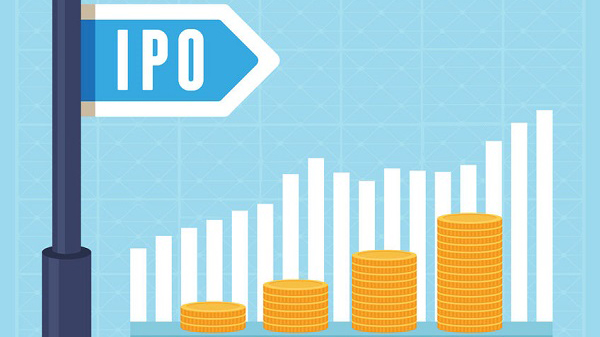Virtual assets have gained significant attention in recent years, but how much do you know about them? Below are five points to help you understand more about virtual assets.
1. Virtual nature
Virtual assets are a digital representation of value that can be traded, transferred or used for payment or investment purposes. Examples of virtual assets include crypto assets, decentralized autonomous organisation tokens, non-fungible tokens, and tokens claiming to be backed by commodities or other underlying assets. However, virtual assets do not include digital fiat currencies (e.g. e-currencies issued by central banks).
2. Starting from bitcoins
Bitcoin is the first major type of virtual asset and has the largest market cap. So understanding bitcoin is a good starting point for learning about virtual assets. The concept of bitcoin was first brought forward by a person or a group of persons called Satoshi Nakamoto in 2008 (but the identity of such has never been confirmed), with the aim to use blockchain technology to build a digital currency system that does not require any central authority. But one must note that bitcoins and other virtual assets are not legal tenders issued by governments (Note) and in Hong Kong, they are not a generally accepted form of payment.
3. Built on blockchain
Traditional transactions are built upon mutual trust. However in many trading transactions, buyers and sellers do not know each other, as such, central authorities like central banks, exchanges or banks, are needed to verify the identities of both parties, confirm and record the transactions.
But unlike traditional transactions, virtual assets are generally traded through blockchain, a decentralized system that does not require any central authority. Bitcoin is the first blockchain application. Each participant is connected to the bitcoin network via internet and becomes a ‘node’ of the network. All transaction verification and records will be sparsely stored in these independent nodes. When there are new transactions, the nodes will try to validate and confirm them, and add them to the blockchain so that a certain amount of bitcoin can be received as rewards. This process is known as bitcoin mining. The transaction data are organised into blocks and secured by cryptography. The new block is then connected with other blocks chronologically, forming a chain of blocks. All participants can see and check the transactions on blockchain but the data on the blockchain cannot be altered or cancelled.
4. Emerging products and highly speculative
Riding on the wave of bitcoin, other virtual assets are springing up in the market. According to market research, there are over 20,000 virtual assets with different features and operations. There are also other kinds of virtual assets such as non-fungible tokens, which has become an emerging asset class. Besides, there are different investment products that come with virtual asset exposure, e.g. virtual asset futures ETFs. However, many investors see virtual assets as speculation tools to capture potential massive upside gains in the short term, increasing market volatility of virtual assets.
5. Associated with different types of risks
Bitcoin and other virtual assets are gaining popularity and market attention as their prices have gone up drastically in the past, while blockchain technology has great potential. Yet we must understand such emerging asset’s features and risks. Unlike traditional assets, virtual assets generally do not have any intrinsic value, nor are they backed by any government or bank. Their prices mainly rely on investor confidence and market demand & supply which are sensitive to market news and rumours. Besides, the scale and number of users of many virtual assets are not large and trading may not be active. This may lead to liquidity risk and potential market manipulation. Due to their virtual and digital nature, virtual assets are associated with different types of risks, including trading platform risk, cross-border risk, cyberattacks, wallet security, money laundering and terrorist financing. There are also more and more virtual asset related scams where fraudsters are using virtual assets as bait to make off with your money. Moreover, different jurisdictions may have different stances on these emerging assets. Virtual asset trading platforms may be unregulated or only subject to light regulation (i.e. subject to none or minimal investor protection measures) in different jurisdictions and there may not be sufficient protection for investors.
Investors who are interested in virtual assets must conduct research to understand the features, operation and risks of virtual assets. Make sure you evaluate your risk appetite before making investment decisions. If you do not fully understand virtual assets and cannot bear the potential losses, you should refrain from investing in such asset class.
Note: So far, only El Salvador and Central African Republic adopted Bitcoin as legal tender in 2021 and 2022 respectively. But such initiative has been criticized and questioned by the International Monetary Fund and other parties.





